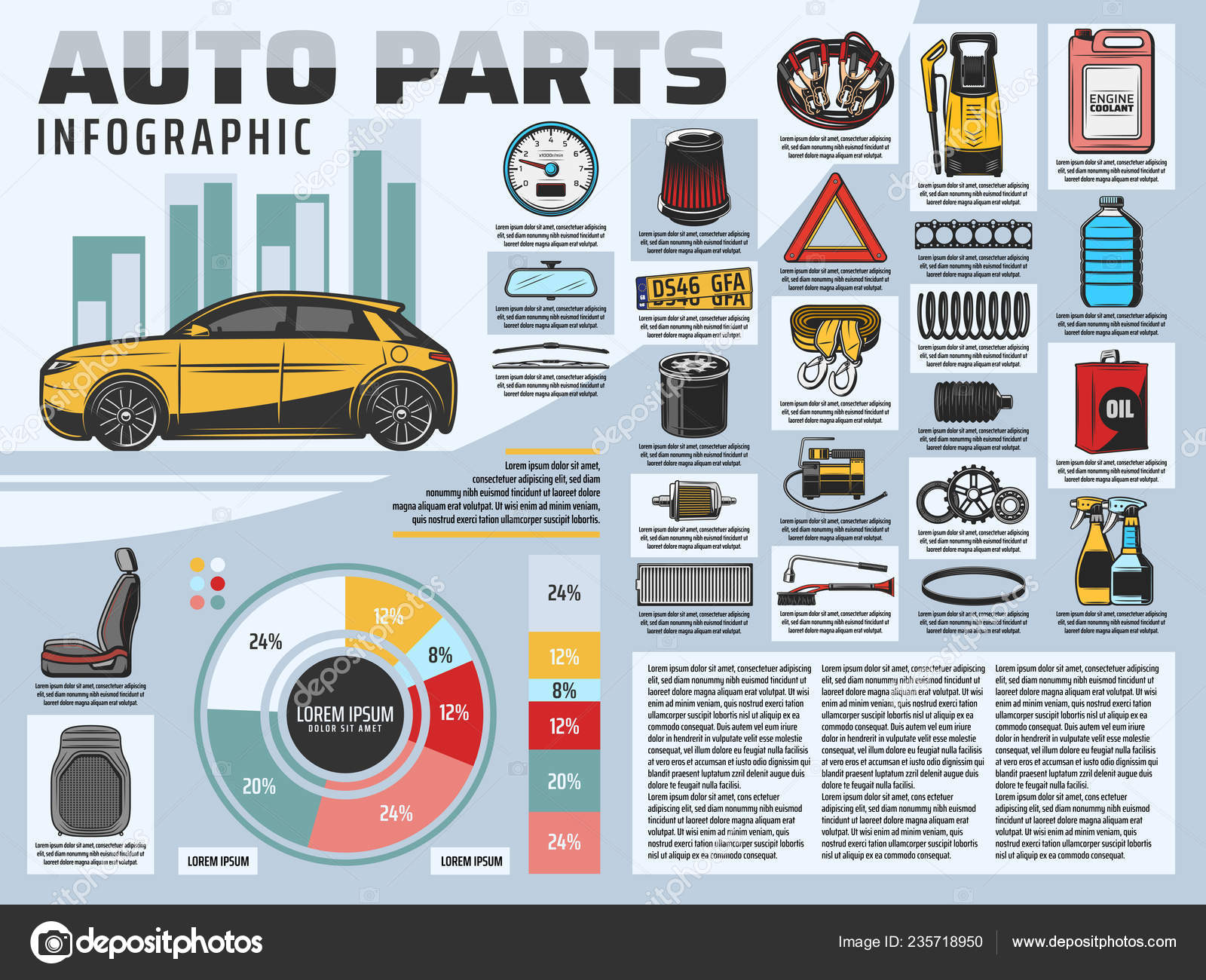Analyzing Your Automobile'S Caution Indicators: What They Really Share
Analyzing Your Automobile'S Caution Indicators: What They Really Share
Blog Article
Uploaded By-Hartley Dalgaard
When you lag the wheel, those radiant caution lights on your control panel can be a little bit bewildering. Do you understand what they're trying to inform you regarding your auto's health and wellness? Comprehending the relevance of these lights is crucial for your safety and the long life of your car. So, the following time one of those lights appears, wouldn't you intend to understand its message accurately and take the essential steps to address it?
Common Warning Lighting and Interpretations
Identify usual warning lights in your cars and truck and comprehend their significances to make sure secure driving.
The most common warning lights include the check engine light, which signifies problems with the engine or exhausts system. If boat wash comes on, it's crucial to have your automobile checked without delay.
view site… alerting light shows reduced oil stress, needing instant interest to stop engine damages.
A blinking battery light may suggest a damaged billing system, potentially leaving you stranded otherwise attended to.
The tire pressure monitoring system (TPMS) light alerts you to reduced tire stress, influencing car security and gas effectiveness. Disregarding this might bring about unsafe driving problems.
The ABS light suggests a problem with the anti-lock stopping system, compromising your capacity to stop promptly in emergency situations.
Last but not least, the coolant temperature warning light warns of engine getting too hot, which can lead to severe damages if not settled promptly.
Understanding these typical caution lights will aid you deal with concerns quickly and keep risk-free driving conditions.
Importance of Prompt Focus
Comprehending the typical caution lights in your vehicle is just the initial step; the relevance of immediately resolving these cautions can not be stressed enough to guarantee your safety when driving.
When a warning light illuminates on your dashboard, it's your car's means of communicating a possible concern that requires interest. Neglecting these warnings can result in much more serious troubles in the future, compromising your security and potentially costing you extra in repairs.
Motivate focus to warning lights can prevent failures and mishaps. For example, a blinking check engine light could indicate a misfire that, if left neglected, could create damage to the catalytic converter. Addressing this promptly can save you from a pricey repair service.
Likewise, a brake system advising light could indicate low brake liquid or used brake pads, critical elements for your safety when driving.
DIY Troubleshooting Tips
If you discover a caution light on your control panel, there are a couple of DIY troubleshooting ideas you can try prior to looking for expert aid.
https://oilchangepricesnearme51738.blogtov.com/12584004/examine-your-car-s-demands-to-find-the-best-auto-describing-solution-for-you-yet-which-factors-will-truly-influence-your-choice is to consult your auto's manual to comprehend what the particular caution light suggests. Often the concern can be as straightforward as a loosened gas cap triggering the check engine light. Tightening the gas cap may fix the problem.
Another common problem is a low battery, which can trigger different advising lights. Inspecting the battery connections for deterioration and ensuring they're secure might fix the problem.
If a caution light lingers, you can try resetting it by detaching the automobile's battery for a couple of mins and after that reconnecting it. In addition, examining your car's liquid degrees, such as oil, coolant, and brake liquid, can aid fix cautioning lights associated with these systems.
Conclusion
Finally, comprehending your cars and truck's caution lights is essential for keeping your automobile running smoothly and safely. By without delay addressing these signals and understanding what they mean, you can prevent pricey fixings and prospective breakdowns.
Bear in mind to consult your automobile's guidebook for particular information on each alerting light and take action as necessary to guarantee a trouble-free driving experience.
Stay notified, remain secure when traveling!
